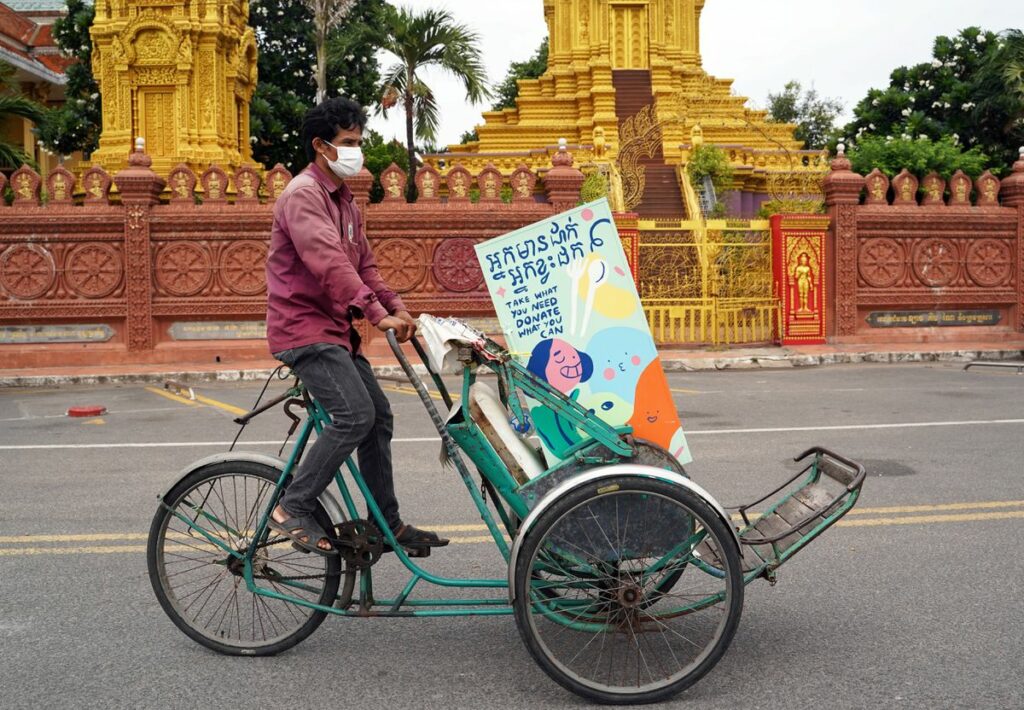The tourism sector is a critical driver of job creation in Southeast Asia. In 2019, the region hosted 137 million international tourists and up to 1 billion domestic trips, generating 12.1% of regional gross domestic product (GDP) and creating 42 million direct and indirect jobs. Women, young people, and minorities represent a substantial proportion of the tourism workforce. Recognizing the importance of tourism for regional growth, the advancement of human capital remains a high priority as highlighted in the ASEAN Tourism Strategic Plan 2016 – 2025 to enhance regional competitiveness.
The tourism sector is characterized by high informality due to seasonality, combined with a lack of social protection and legal support. In Asia and the Pacific, more than three in four workers in the tourism sector work informally. Tourism workers also face tough challenges such as long hours, low wages, high turnover rates, and gender-based discrimination. The COVID-19 pandemic further highlighted the sector’s vulnerability to external shocks, causing millions of job losses, supply chain disruptions, business closures, and bankruptcies, worsening working conditions while exacerbating informality and work insecurity. Informal workers, women, and young people were among the hardest hit.
As a result, many tourism workers have opted to switch to other industries. Now that tourism is gradually recovering worldwide, the sector is facing serious labor shortage as former tourism workers are hesitant to return out of fear of future crises. Considering the pent-up tourism demand in Southeast Asia that has led to an increasing need for human resources, many tourism businesses are struggling to recruit skilled staff.

Furthermore, emerging demographic trends, aging workforces, and shifting tourist behavior necessitate a greater emphasis on upskilling and reskilling tourism human resources. After the long pandemic-forced tourism halt, many workers lack the capacity to understand and respond to the changing demands of tourists. Value, convenience, and contactless experiences enabled by expanding digital activities have become key consumer demands across the region. Tourist interests are now centered around sustainability, longer stays, and authentic opportunities to connect with and contribute to a place on a personal level. These trends require upgrading the current tourism workforce’s skill sets.the upgrading of the current tourism workforce’s skill sets.
To address the regional labor shortage in tourism, ASEAN member countries jointly signed the Mutual Recognition Arrangement (MRA) on Tourism Professionals. This facilitates the mobility of certified professionals and skilled labor in the region. Under the MRA, member countries recognize each other’s qualifications, promoting a free and open market for tourism labor and increasing the sector’s competitiveness, while also attracting talent. Currently, each GMS member country has launched their own initiatives to support the development of human resources in tourism.
Meanwhile, the pandemic also spurred the adoption of health and safety measures focused on enhancing employee welfare in the workplace. The ASEAN Guidelines on Hygiene and Safety for Professionals and the Communities in the Tourism Industry covering eight tourism-related sub-sectors created specific protocols to ensure better health and safety of workers against the spread of COVID-19. Earlier this year, ASEAN released the ASEAN Framework on Sustainable Tourism Development in the Post COVID-19 Era, in which inclusive employment was identified as a core strategic pillar.
Productive economies and decent work depend on a healthy enabling environment. To attract talent while enhancing the quality of the tourism workforce in the region, it is key to develop targeted policies that ensure work security and fair working conditions. Comprehensive social protection that is gender-sensitive, targets both formal and informal economies, and links with policies to stimulate economic growth and formal employment is needed for tourism workers. The public and private sectors should collaborate on capacity building and training programs to equip the current workforce with new knowledge and skills in the post-COVID-19 era. A strong focus on enhancing digital, green, and managerial skills would facilitate growth of tourism’s human resources, moving toward an inclusive and regenerative sector. Leveraging digital technology to diversify training will engage participants more effectively and maximize outcomes. Further, as community-based tourism remains an attractive segment for the region, strengthening public-private-community partnerships is important to engage and empower local communities to participate in tourism activities.

The pandemic also exposed a lack of risk management capabilities in both the public and private sectors, resulting in ineffective response mechanisms when crisis hit. Thus, it is critical to build the capacity to assess and manage risks among destination authorities and tourism enterprises so they can better respond and adapt to changes, improving resilience to future shocks. As ASEAN aims to promote the region as one destination, efforts to enhance the quality of the tourism workforce should take place across all member countries to ensure consistently high-quality tourism across the region. This requires stronger regional commitment to develop mutual policies and financing schemes to facilitate skill building, knowledge exchange, and workforce mobility.